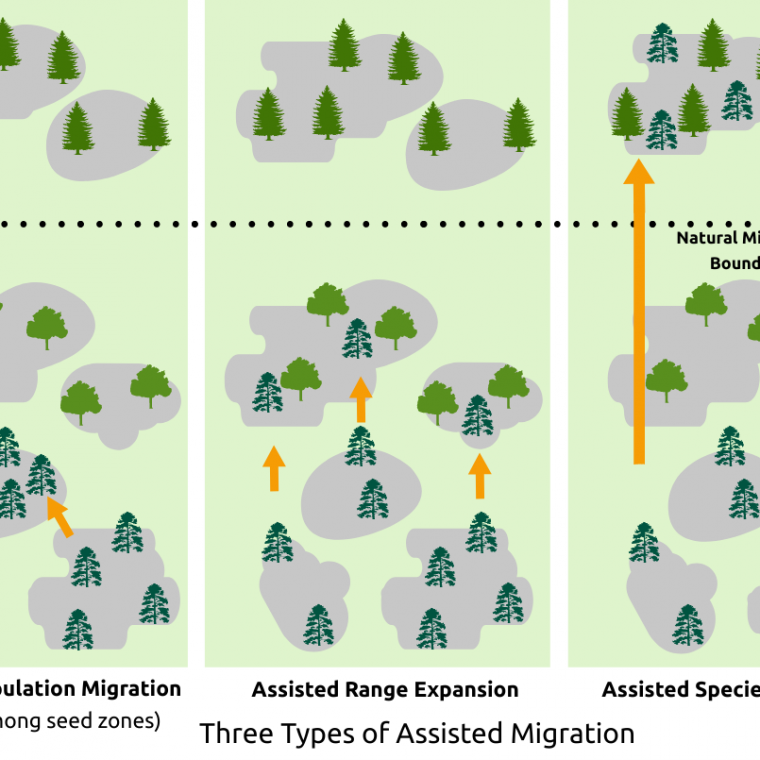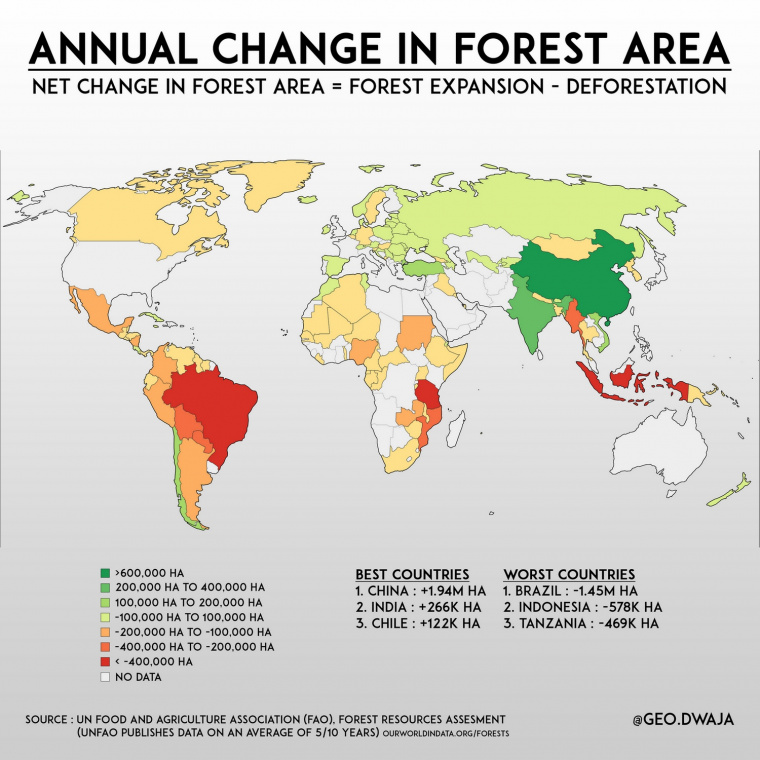Three major issues confront forests in the northeastern US: changing environmental conditions, simultaneous vulnerability of many forests to disturbance, and spread of established invasive species along with arrival of new invasive species. Changing environmental conditions can affect forest pest biology directly, or indirectly through impacts on tree physiology (see Insect Disturbance and Climate Change). As a result of extensive timber harvesting and land clearing for farming in the early 1900s, followed by re-establishment of forests often dominated by pioneer tree species, much of the forested landscape in the eastern US has reached or is nearing maturity. It follows that disturbance initiated by climate-induced weather events, and ultimately delivered by insects or pathogens, serving their ecological function of readying the forest for the next cohort(s) of trees, may appear catastrophic if it occurs simultaneously across the landscape in many different forests. Eastern US forests are also threatened and challenged by several non-native invasive insects and pathogens (see “ecology and distribution in US” in table), which can have unpredictable and sometimes catastrophic impacts (e.g., emerald ash borer and beech bark disease) on forest ecology, because of a lack of shared co-evolutionary history with these forest ecosystems. As a changing climate affects vulnerable mature forests that house native and non-native disturbance agents, complex and unpredictable outcomes are likely.
Sound management practices are key to creating forests that are resistant and resilient to climate change. The current vulnerable state of forests in the northeastern US necessitates management action to maintain the current forest cover types and/or restore areas that have degraded since European settlement. Because trees are long-lived organisms, relative to insects and pathogens, they will likely adapt more slowly to changing environmental conditions, which may place them at a disadvantage. Likewise, silvicultural activities can have lasting effects that extend beyond the existing forest conditions in which they were implemented. Integrated management tactics that target weak points in a pest’s life cycle along with attentive forest management have been successful in the past and will be essential in the future to retain forests that are resilient to changing environmental conditions. Adaptive management, a dynamic approach to silviculture that evaluates and modifies management decisions as conditions change, will also be important.
Haavik, L. 2019. Northeastern US Forest Pests. (February, 15, 2019). U.S. Department of Agriculture, Forest Service, Climate Change Resource Center. http://www.fs.fed.us/ccrc/topics/northeastern-us-forest-pests





